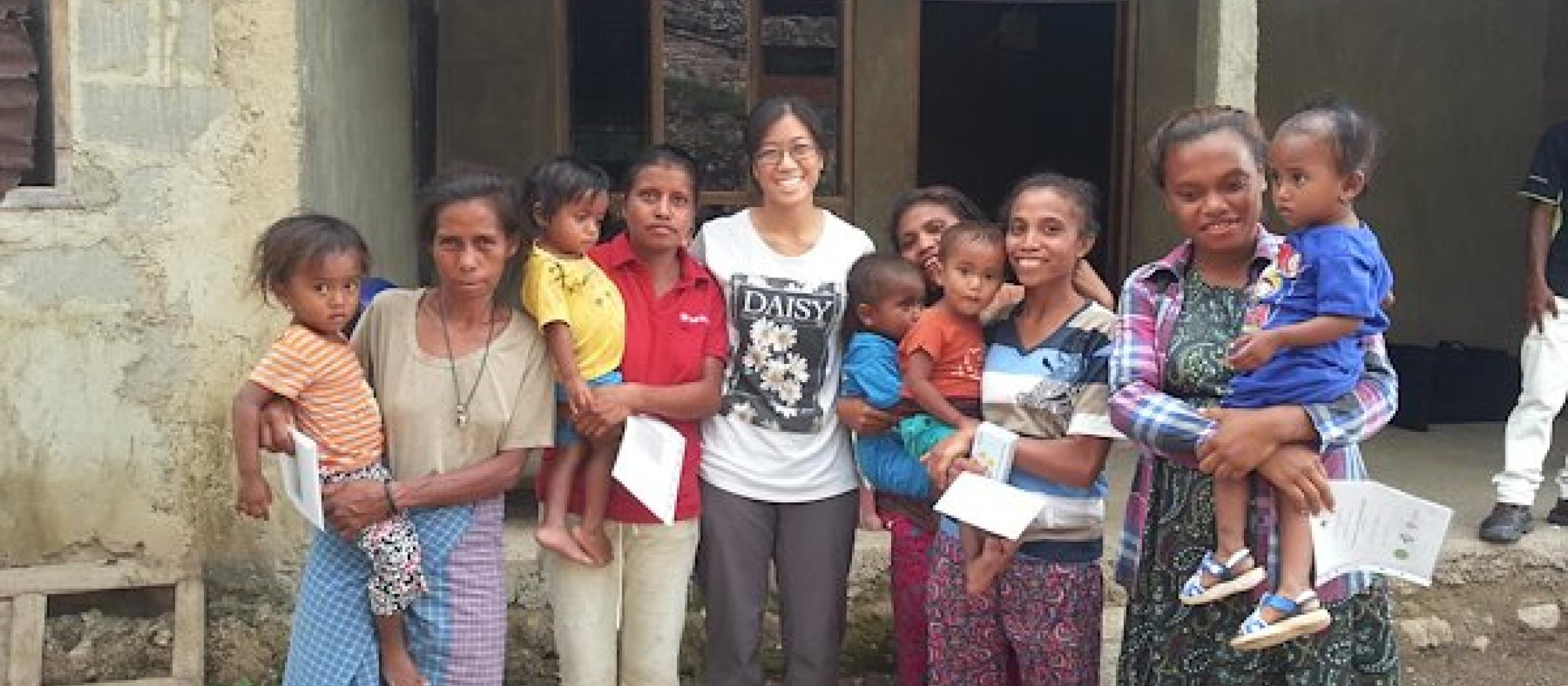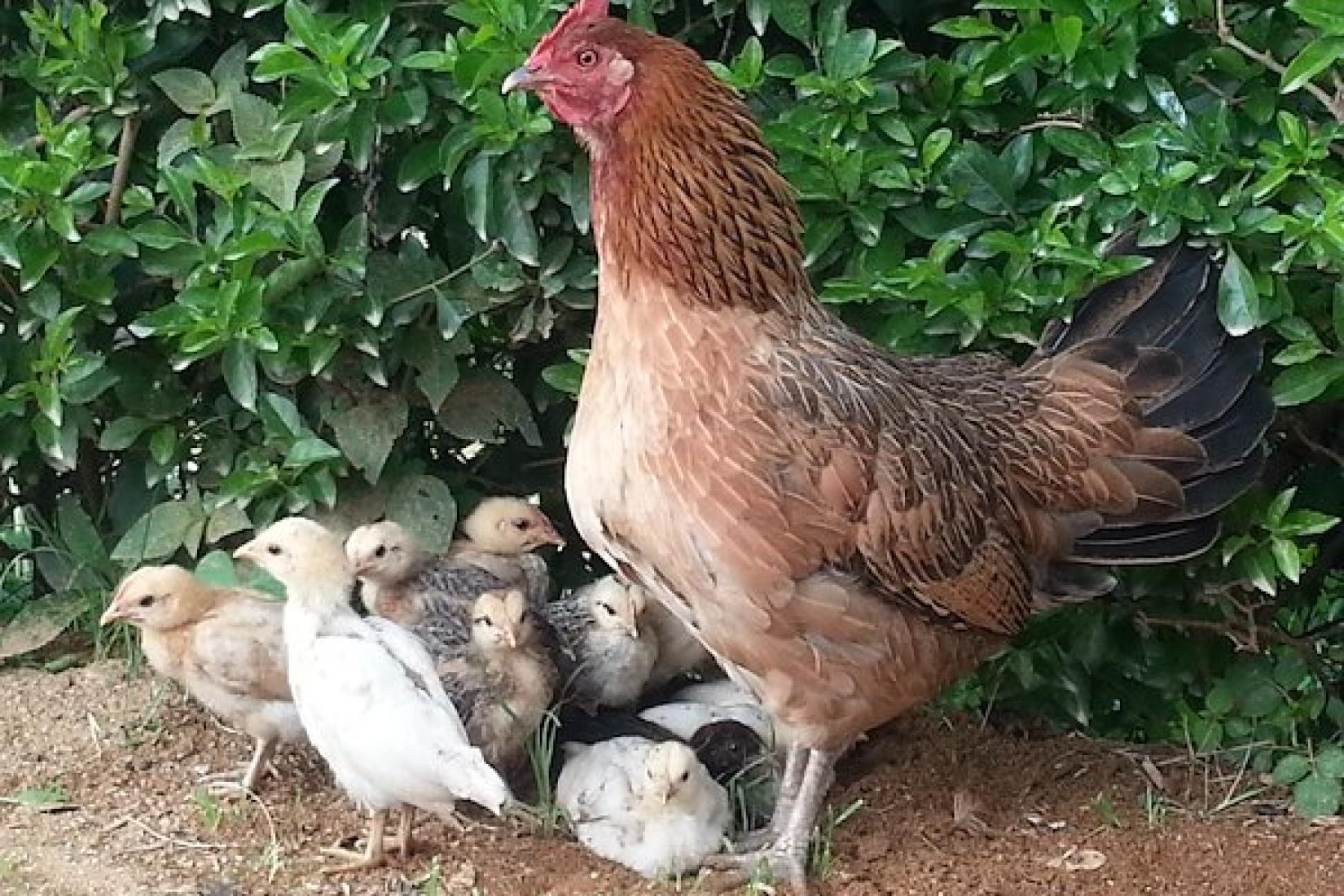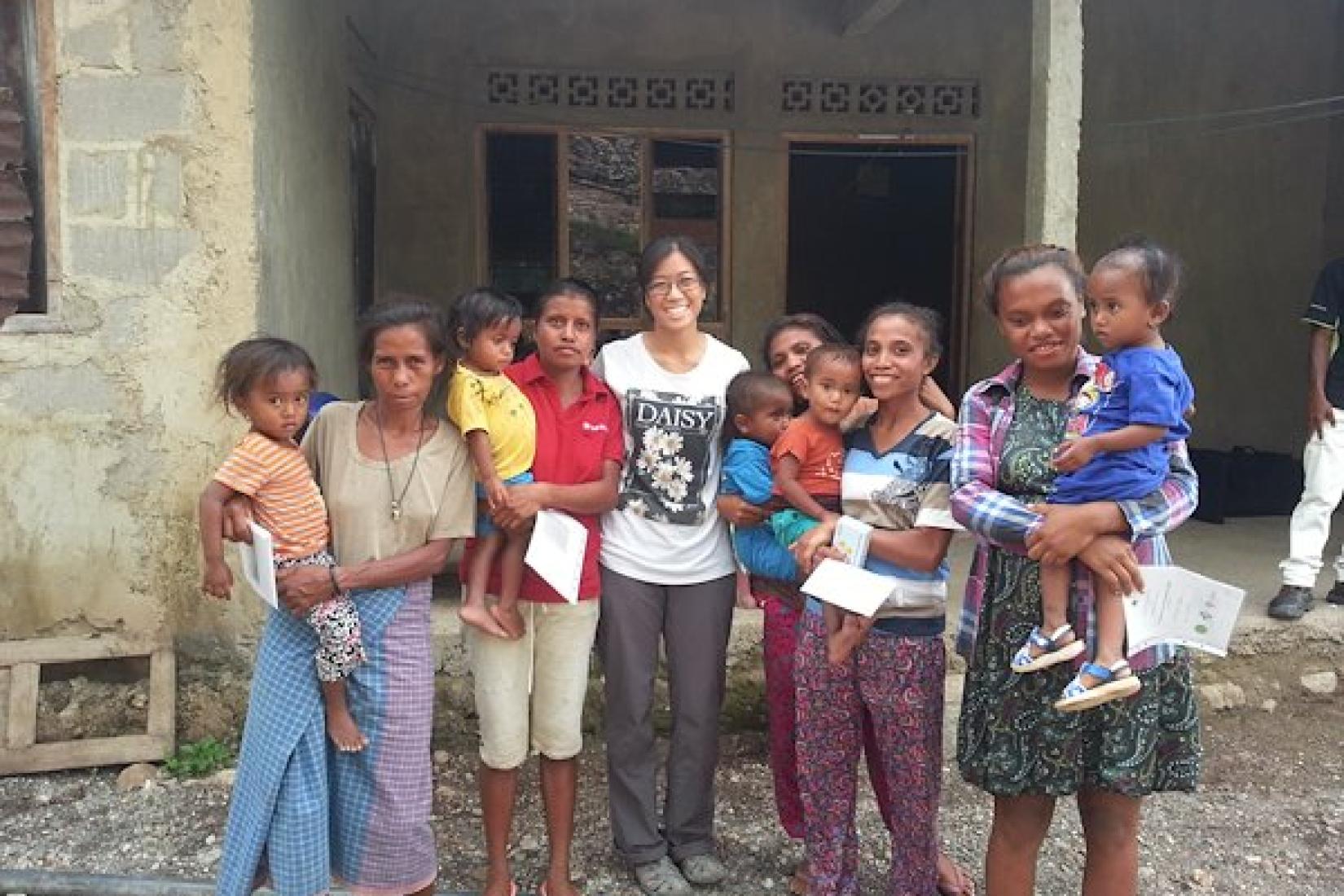To measure the effect of Newcastle disease vaccination on human nutrition, I collected data on chicken stocks and flows through the year, maternal and child diets, anthropometry and child haemoglobin in three seasons. I also used key informant interviews and focus group discussions to better understand findings.
The best aspect of my research so far has been living in rural villages, where the people are friendly and ready to share their thoughts, as well as watching the children enrolled in my study grow from babies who would cry every time a stranger came near, to worldly toddlers who bravely nod their assent to being measured and having their fingers pricked to check their haemoglobin levels. I also treasure the connections I’ve made with new friends and colleagues, particularly through RAID and the Sydney Southeast Asia Centre (SSEAC).
My original aspiration in becoming a veterinarian was to improve the well-being of animals. In clinical practice, I realised that by treating their pets, I could also improve the well-being of people. Today my aspirations remain essentially the same, but on a more meaningful scale.





